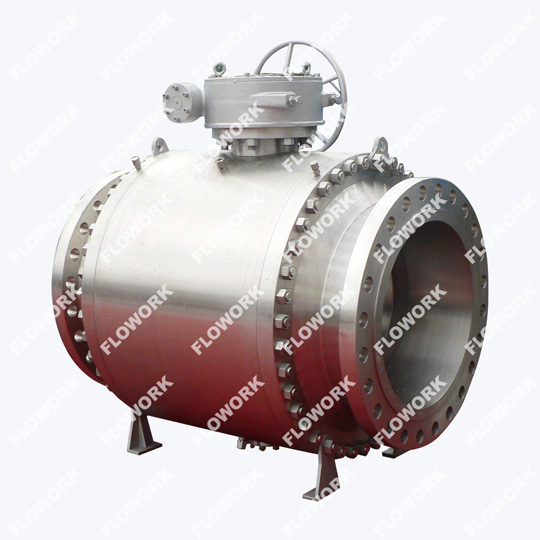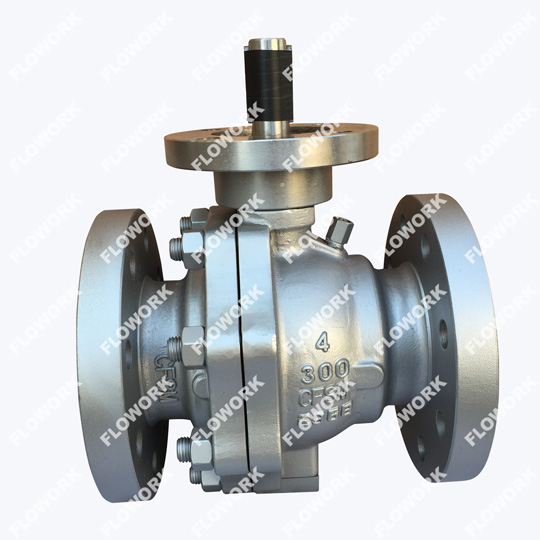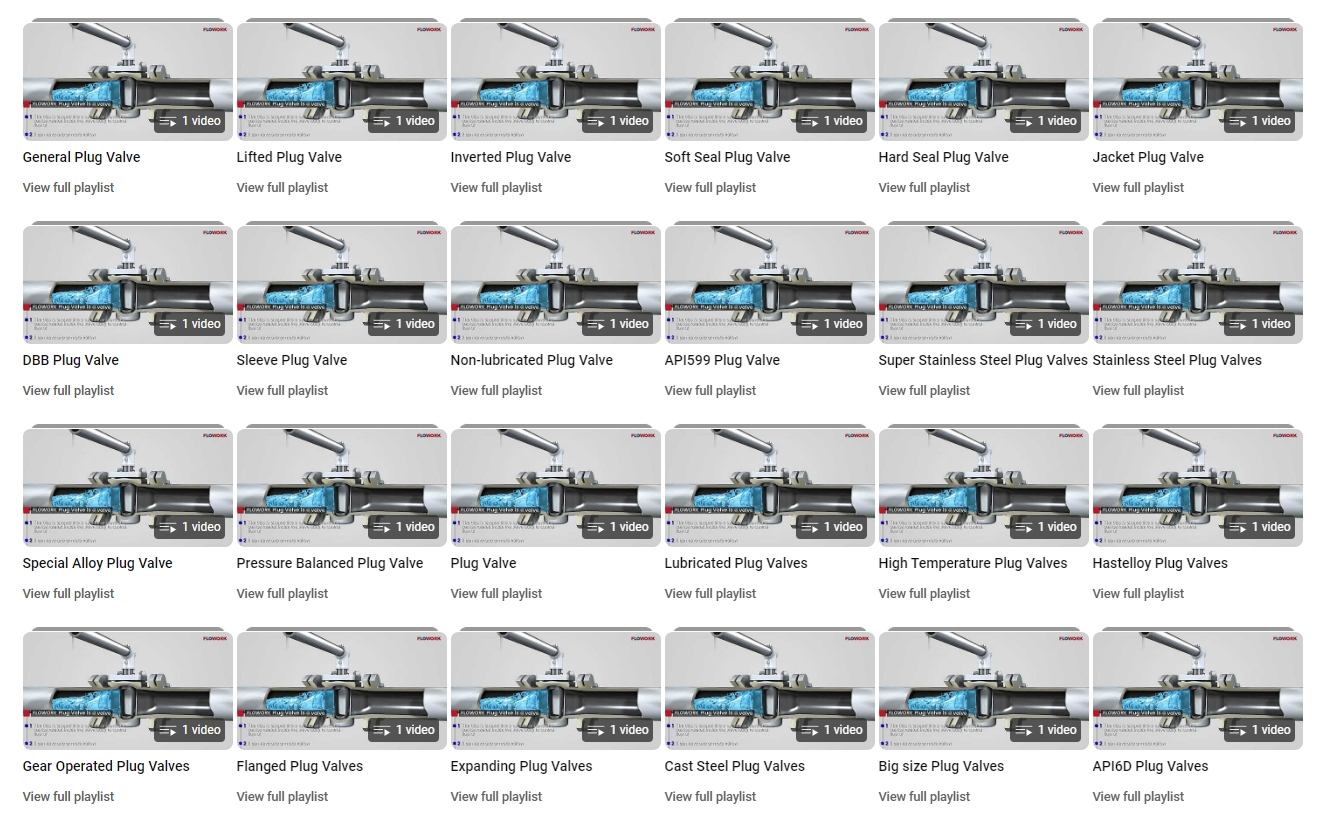What are the three types of end connections for valves?
Three Types of Valve End Connections: A Deep Dive into Their Characteristics and Applications. Valves are important fluid control equipment in various industries and infrastructures, and their performance and safety are crucial to the normal operation of the entire system. As a key part of the valve, the valve end connection method has a direct impact on its performance and installation and use. I want to take a closer look at three common valve end connections: threaded connections, flanged connections, and welded connections.
1. Threaded connection
Features: Threaded connection is a common valve end connection method. Its main features are simple structure and easy installation and disassembly. In the threaded connection of valves and pipes, corresponding thread specifications and materials need to be used to ensure the tightness and sealing of the connection.
Application: Threaded connections are widely used in low-pressure, small-diameter pipes and equipment, such as household water pipes, low-pressure steam pipes, etc. In addition, threaded connections are also widely used in situations that require frequent installation and disassembly, such as laboratories, maintenance workshops, etc, fugitive emission gate valve.

2. Flange connection
Features: Flange connection is a relatively complex valve end connection method. Its main features are good sealing performance and high connection strength. In flange connections, special flange gaskets and bolts and nuts need to be used for fastening to ensure the sealing and stability of the connection.
Application: Flange connections are widely used in medium, high-pressure, large-diameter pipelines and equipment, such as process pipelines in petroleum, chemical, electric power and other industries. In addition, flange connections are also widely used in situations where high sealing performance and high connection strength are required, such as bridges, buildings and other infrastructure.
3. Welding connection
Features: Welding connection is a very common valve end connection method. Its main features are high connection strength and good sealing performance. In welding connections, the connecting parts of the valve and the pipe need to be welded to ensure the stability and sealing of the connection.
Application: Welded connections are widely used in high-pressure, large-diameter pipelines and equipment, such as long-distance pipelines in petroleum, chemical, natural gas and other industries. In addition, welded connections are also widely used in situations where high connection strength and high sealing performance are required, such as in industrial facilities such as nuclear power plants and steel plants, bronze flanged gate valve.

4. Future development trends of end connections
With the continuous advancement of science and technology and the increasing requirements for fluid control equipment in the industrial field, valve end connection technology is also constantly developing. In the future, valve end connections will develop in the following directions:
Digitalization and intelligence: With the continuous development of Internet of Things technology and automation technology, digitalization and intelligence have become important development directions for fluid control equipment. In the future, valve end connections will be more intelligent, enabling remote monitoring, automatic control and fault warning through sensors and actuators, improving the efficiency and safety of valves, bronze plug valve.
Application of high-performance materials: With the continuous development of material science, the application of high-performance materials in valve end connections will become more widespread. For example, high-strength, corrosion-resistant materials such as titanium alloys and nickel-based alloys will be more widely used to improve the service life and performance of valves.
Environmental protection and sustainable development: With the continuous improvement of global environmental awareness, environmental protection and sustainable development have become important issues in the industrial field. In the future, valve end connections will pay more attention to environmental protection and sustainable development, adopting energy-saving design, using environmentally friendly materials and other measures to reduce the impact on the environment.
Personalization and customization: With the continuous development of the industrial field and the diversification of needs, the design and production of valve end connections will also become more personalized and customized. According to the needs of different users, valves that meet specific working conditions and requirements can be customized to improve use efficiency and safety, bronze wafer check valve.
5. This is the conclusion I draw based on many years of experience.
As a key part of the valve, the valve end connection has a direct impact on its performance and installation and use. I take an in-depth look at three common valve end connections: threaded, flanged, and welded, and analyze their characteristics and application range. At the same time, the future development trends of valve end connections were also discussed, including digitalization and intelligence, application of high-performance materials, environmental protection and sustainable development, as well as personalization and customization. It is hoped that these discussions can provide some reference and help for valve design and production.








